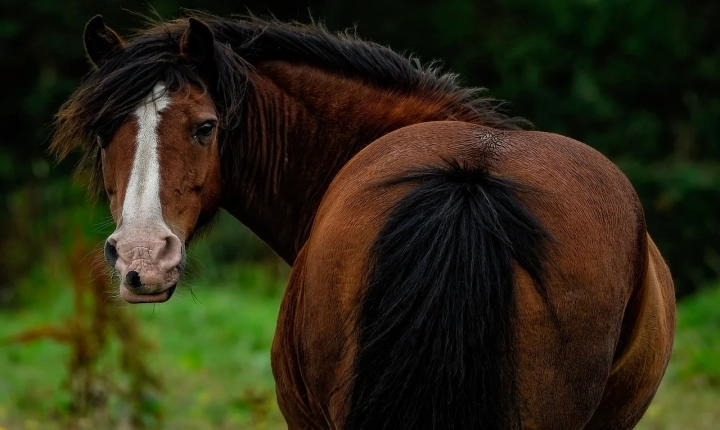Is AI Art Racist? The Ethical Implications of Artificial Intelligence in the Art World
Artificial intelligence has become a ubiquitous and powerful tool in the art world, with AI creating intricate and thought-provoking artworks that challenge our traditional notions of creativity and authorship. However, as AI continues to produce art, questions surrounding bias and racism within AI-generated artworks have come to the forefront of ethical discussions.
AI, like any other technology, is only as unbiased as the data it is trained on. In the art world, this means that AI-generated artworks can inadvertently perpetuate racist and discriminatory themes if the underlying data is biased. For instance, if an AI is trained on a dataset that primarily consists of artworks depicting white subjects, it may struggle to accurately represent individuals from diverse racial and cultural backgrounds, leading to biased and potentially racist outcomes.
One prominent example of this issue is seen in the project “ImageNet Roulette,” which exposed the racial and gender biases inherent in the ImageNet dataset, a widely-used database for training AI systems. The project demonstrated how AI systems trained on flawed datasets can perpetuate harmful stereotypes, particularly when it comes to race and gender.
Another concern is the unintentional reinforcement of racist historical narratives through AI-generated art. If an AI system is trained on a dataset that includes a substantial amount of historical art depicting racist themes and imagery, there is a risk that the system will produce artworks that inadvertently perpetuate these harmful stereotypes. This not only raises ethical concerns but also underscores the need for careful curation and ethical considerations in the training data used for AI art projects.
Furthermore, the lack of diversity in the teams developing AI art projects can also contribute to biases in AI-generated artworks. If the designers and developers working on AI art projects come from homogenous backgrounds, there is a risk that their cultural and social biases will be embedded in the AI systems they create.
Addressing the issue of racism in AI art requires a multi-faceted approach. First and foremost, there is a need for greater diversity and inclusion in the development and training of AI systems. This includes actively seeking out diverse perspectives in the curation of training data and involving individuals from a variety of backgrounds in the development of AI art projects.
Additionally, there is a need for increased transparency and ethical oversight in AI art projects. Art organizations and institutions should prioritize the ethical considerations of AI-generated artworks and be prepared to address any biases that may arise. This may involve creating guidelines and standards for the use of AI in the art world, as well as actively engaging with the broader societal discussions around bias and racism in AI.
Furthermore, the art world can also play a role in challenging and subverting racist narratives through AI-generated art. By intentionally diversifying the training data used for AI art projects and actively seeking out artists and creators from underrepresented backgrounds, the art world can utilize AI as a tool for promoting inclusivity and social change.
In conclusion, the issue of racism in AI art highlights the complex ethical considerations that arise from the intersection of technology and creativity. While AI has the potential to revolutionize the art world, it is imperative that we address the biases and ethical implications of AI-generated artworks. By embracing diversity, transparency, and ethical oversight, the art world can harness the power of AI to challenge, rather than perpetuate, racist narratives.
